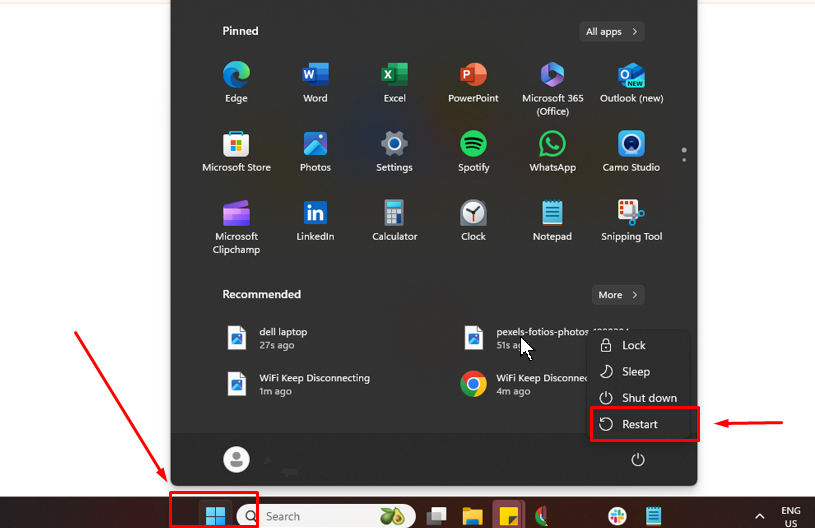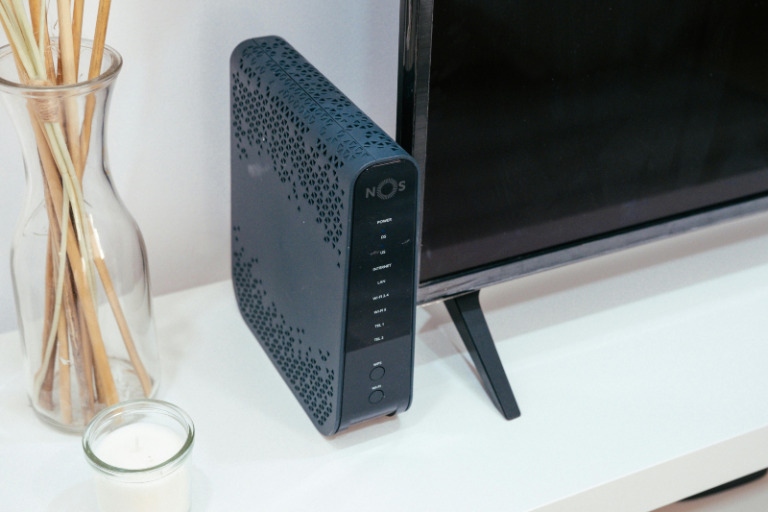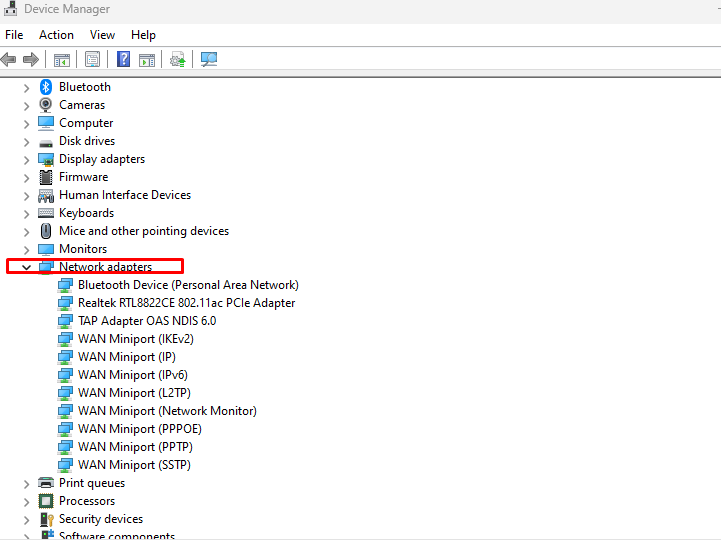A stable WiFi connection is essential for work, entertainment, and communication. However, many users need help with the issue of their WiFi repeatedly disconnecting.
Tweaking solution is straightforward. We will also explain the reasons behind this problem and help you maintain a reliable internet connection.
9 Ways To Fix WiFi Keep Disconnecting

Try Network Reset
If all else fails, performing a network reset can resolve persistent WiFi issues by restoring your network settings to their default state.
To perform a network reset on Windows:
- Go to Settings > Network & Internet > Status
- Scroll down and click on “Network reset.”
- Click “Reset now” and confirm
- Restart your computer when prompted
Reboot Your Computer
A simple restart often resolves many computer issues, including WiFi connectivity problems. Rebooting your computer clears temporary files, resets network adapters, and can fix minor software glitches.

To reboot your computer:
- Save all open work
- Click on the Start menu
- Select the Power option
- Choose “Restart”
Check for Outage
Before troubleshooting your devices, it’s wise to check if the issue is on your Internet Service Provider’s (ISP) end. Sometimes, service outages or maintenance work can cause intermittent connections.
To check for outages:
- Visit your ISP’s website or social media pages for announcements
- Use online outage reporting tools specific to your area
- Contact your ISP’s customer support for real-time information.
Make the WiFi Network Private
Switching your network from public to private enhances security and stability. When multiple devices share a public network, they compete for bandwidth, potentially causing slow speeds and frequent disconnections. You protect against security threats and optimize performance by making your network private.
This change can lead to a more stable connection, especially in households or offices with numerous connected devices. It reduces the likelihood of WiFi dropping out due to overcrowded bandwidth.
To make your network private:
- Access your router’s admin panel
- Look for network security settings
- Enable WPA2 or WPA3 encryption
- Set a strong, unique password for your network
Reset Modem and Router

Your modem and router are the gateway to your internet connection. Resetting these devices can clear cached data and re-establish connections with your ISP.
To reset your modem and router:
- Unplug both devices from the power source
- Wait for at least 30 seconds
- Plug in the modem first and wait for it to boot up fully
- Then, plug in the router and wait for it to establish a connection.
Replace Old Equipment
Older networking equipment may need help to keep up with modern demands. Outdated modems and routers can lead to frequent disconnections, slower speeds, and compatibility issues with newer devices.
Consider upgrading your equipment if:
- Your devices are more than five years old
- You’ve significantly increased your internet usage or speed plan
- You’re experiencing consistent connectivity issues despite troubleshooting
Upgrade Your Plan
Frequent disconnections can sometimes indicate that your current internet plan needs to be improved for your needs. If you’ve recently added more devices or started using bandwidth-heavy applications, it might be time to upgrade.
To determine if you need an upgrade:
- Review your current plan’s speed and data caps
- Monitor your household’s internet usage patterns
- Contact your ISP to discuss available upgrade options
Check Cable Connections
Loose or damaged cables can cause intermittent internet connections. Inspect all the physical connections between your devices, modem, and router.
To check cable connections:
- Ensure all cables are securely plugged in
- Look for any visible damage to cables
- If possible, try replacing cables to rule out faulty wiring
Update the WiFi Adapter Driver
Outdated or corrupted network adapter drivers can cause connectivity issues. Keeping these drivers up-to-date ensures optimal performance and compatibility.

To update your WiFi adapter driver:
- Open Device Manager
- Expand the “Network adapters” section
- Right-click on your WiFi adapter
- Select “Update driver.”
- Choose to search automatically for updated driver software.
Why Your WiFi Keeps Disconnecting
- Network congestion
- Outdated router firmware
- Interference from other electronic devices
- Faulty network adapter
- Incorrect network settings
- ISP-related issues
Conclusion
Dealing with frequent WiFi disconnections can be frustrating, but with these troubleshooting steps, you should be able to identify and resolve the issue. Remember to start with the most straightforward solutions, like checking for outages and rebooting your devices, before moving on to more complex fixes.
If problems persist after trying these methods, consider contacting your ISP or a professional technician for further assistance.
Menzi Sumile
Verified at:
29/05/2024 06:37
Leave a Reply